Six sites throughout the watershed that honor lands once occupied by Indigenous tribes
Original inhabitants of the Chesapeake Bay watershed remembered through their ancestral lands
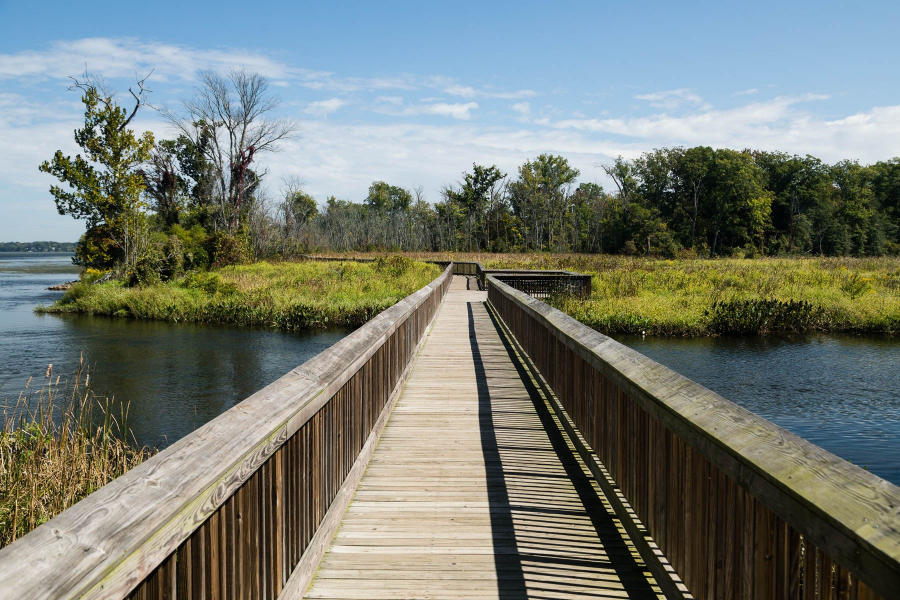
Before the arrival of European colonists, the Chesapeake Bay region was home to numerous tribes consisting of people whose ancestors had been living in the area for thousands of years. Many of these tribes are still active today, and all throughout the region is sacred land and remnants of Indigenous culture. The name Chesapeake Bay itself derives from the word “Chesepiooc,” which is an Algonquian word referring to a village “at a big river.”
Here are six places in the Bay watershed with important ties to Native American history and culture.
Fones Cliffs
Fones Cliffs is the ancestral land of the Rappahannock Tribe that sits above the Rappahannock River in Virginia. There are known to have been at least three villages on these cliffs–Wecuppom, Matchopick and Pissacoack. In 1608, the Rappahannock Tribe protected their land from English settler Captain John Smith during his explorations to the area.
In April of 2022, the Rappahannock Tribe announced they had re-acquired 465 acres of land at Fones Cliffs and reinstated the original name of Pissacoack. While this opportunity is important in educating the public about the history of the area, it also provides the chance for Rappahannock youth to connect with their traditions and practices for generations to come.
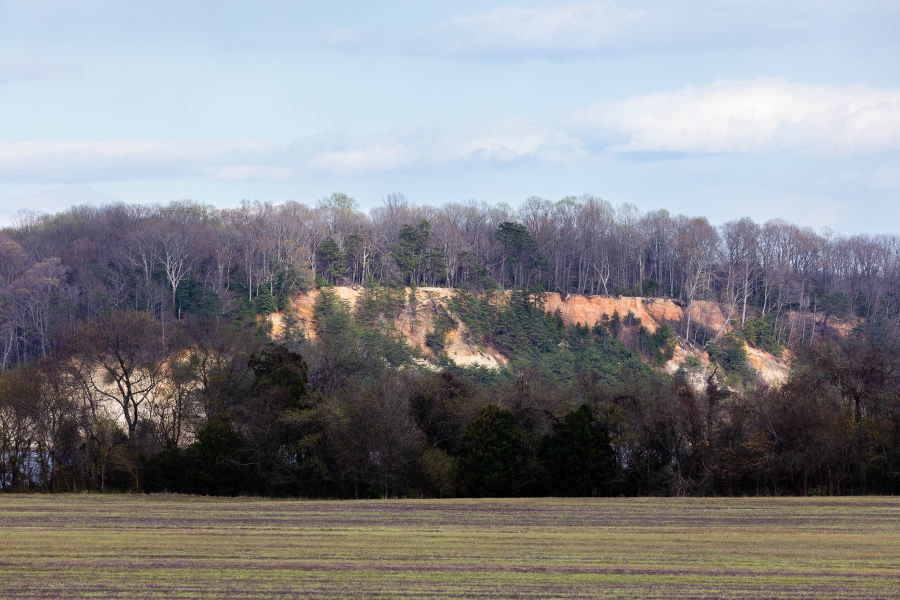
Accokeek Creek
The Accokeek Creek archeological site is located in southern Maryland within the Piscataway Park area. The Piscataway Indian Nation and the Piscataway Conoy Tribe are two of three formally recognized tribes in the state of Maryland. The Accokeek Creek site was home to Indigenous peoples dating back as far as 6,000 years ago.
Captain John Smith also visited the Piscataway area in his 1608 explorations, and in 1612, his map of the Chesapeake shows the town of “Moyaons,” placed approximately where the Accokeek Creek now flows. The symbols of the map indicate this town being home to a powerful Native American chieftain. While much of the Piscataway land had been confiscated by English colonists by the 1690s, many Piscataway stayed in Maryland and now mark Accokeek Creek as one of the most important Native American sites in the Mid-Atlantic region.
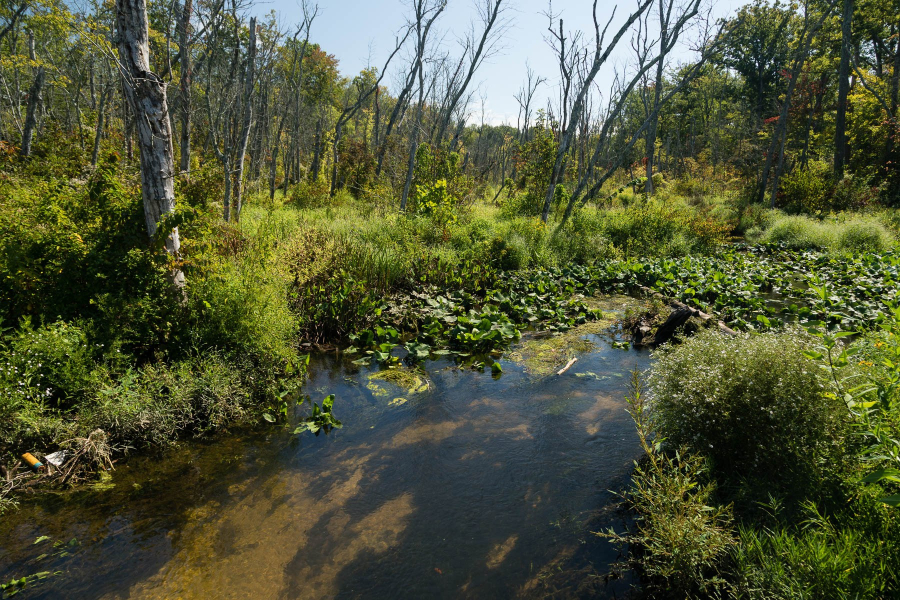
Petroglyphs
From Wrightsville, Pennsylvania to right over the Maryland border, there are a series of stone carvings in large rocks found in the Susquehanna River that tell the stories of the Shenks Ferry people. Known as petroglyphs, the carved images depict symbols of people, wildlife, spiritual connections and other information.
Holding approximately 1,000 petroglyphs overall, the collection of carvings in the lower Susquehanna make it the largest concentration of petroglyphs in the northeastern United States. Experts believe that the rocks are sacred places where people were able to connect with the supernatural, but today they offer a place for visitors to connect with the history of the tribes who once made them.
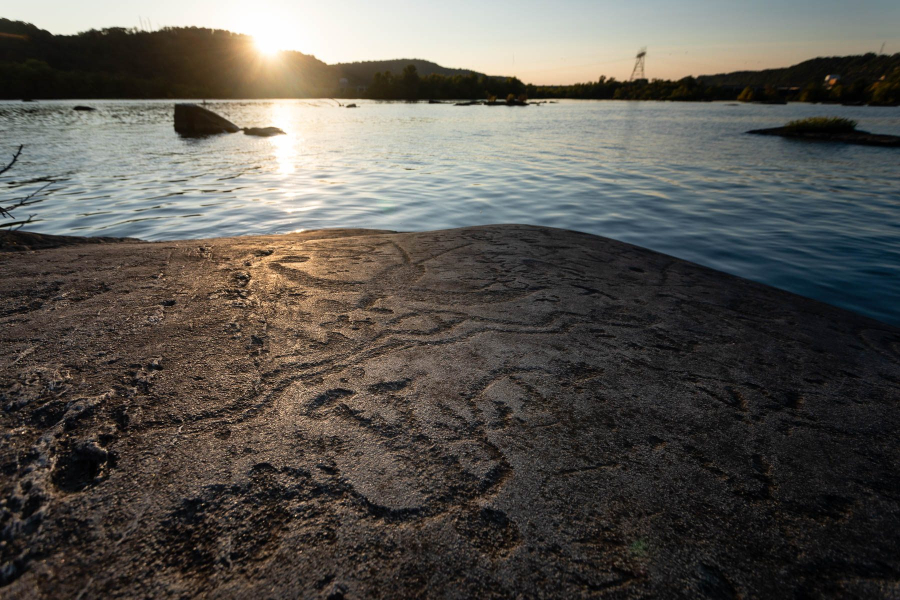
Werowocomoco
Located on the York River in Virginia, Werowocomoco is where the famous interaction of Captain John Smith and Pocahontas took place. The Algonquian language translates Werowocomoco to “place of leadership,” which would make sense as it was where the Chief Powhatan lived.
Although Captain John Smith would have first come across Powhatan and Pocahontas in 1607, there is evidence that the chiefdom would have been established years before in the late 1500s. After the land was purchased by the National Park Service in 2016, representatives from multiple Indigenous tribes have worked together to plan for research and public outreach.
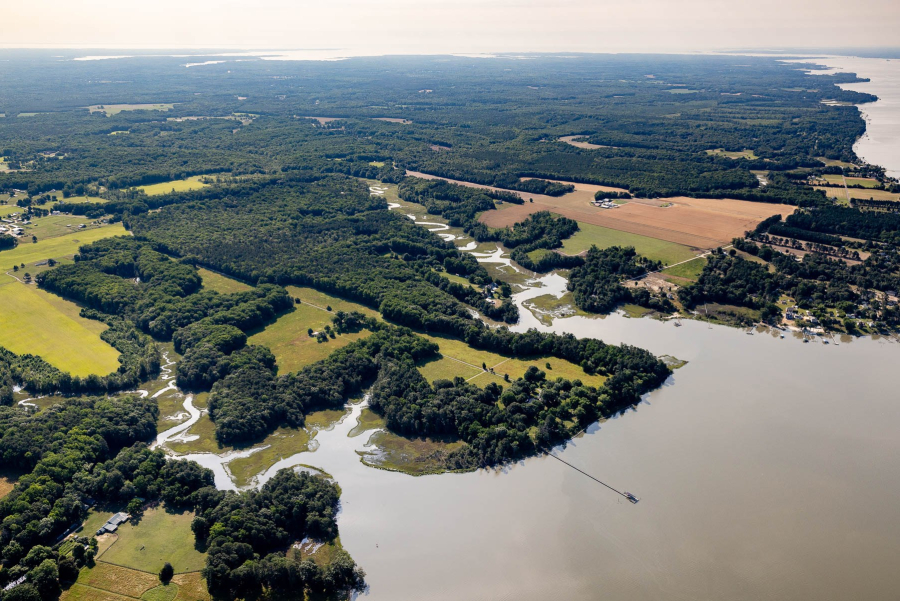
Machicomoco
Machicomoco State Park is the first park in Virginia dedicated to the Commonwealth's Native tribes. Located only 10 miles from Werowocomoco, it was likely associated with the Powhatan Chiefdom. The details in the design of this park allow visitors to learn about Virginia’s Indigenous people. The park’s entrance displays a column of oyster shells, inspired by the ancient refuse pile of discarded shells which was discovered in the park, and an education timeline can be found in an open-air pavilion designed to resemble a Native American home known as a longhouse.
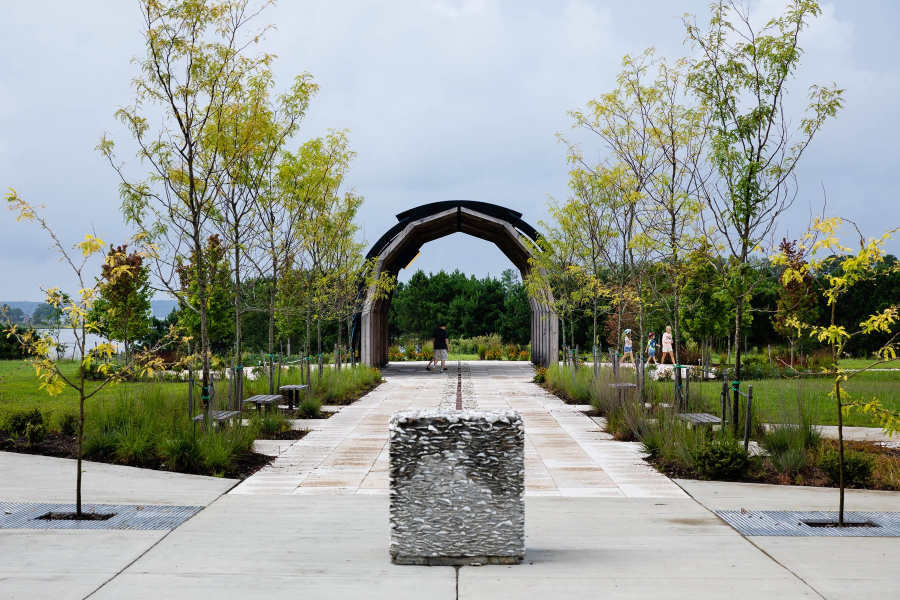
Tidewater Park
Located in Laurel, Delaware, Tidewater Park highlights the history and culture of the Nanticoke Indian Tribe who once occupied the area. While the park honors “the people of the tidewater” through its symbolic elements of their story, it mostly serves as an introductory point to Nanticoke history and works to inspire visitors to learn more. The park includes interactive play elements based around animals and objects significant to Native American mythology, such as beavers, turtles and ravens.
The Nanticoke Indian Museum is located nearby in Millsboro, Delaware and inside a building that was once the Nanticoke’s schoolhouse. There, artifacts dating back to 10,000 B.C. and stories of Nanticoke's history are on display.
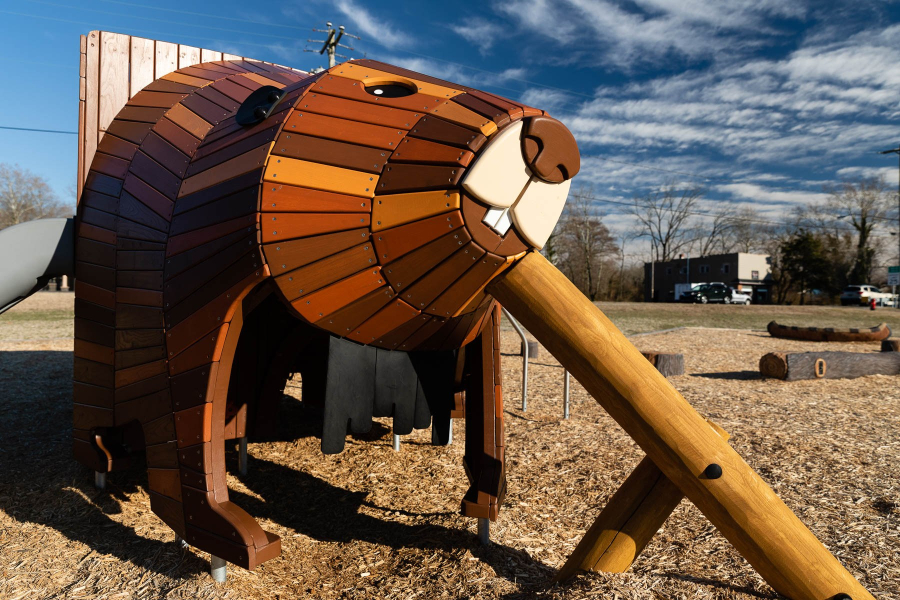
Do you know of any other sites that tell the story of Native American history and culture? Let us know in the comments!

Comments
Fones Cliffs is actually located in Richmond County, not Essex. The photo would have been taken from Essex though as it is across the Rappahannock River from the site.
Thank you!
Your comment has been received. Before it can be published, the comment will be reviewed by our team to ensure it adheres with our rules of engagement.
Back to recent stories